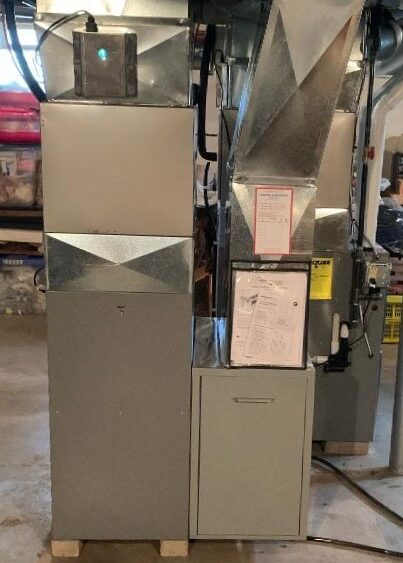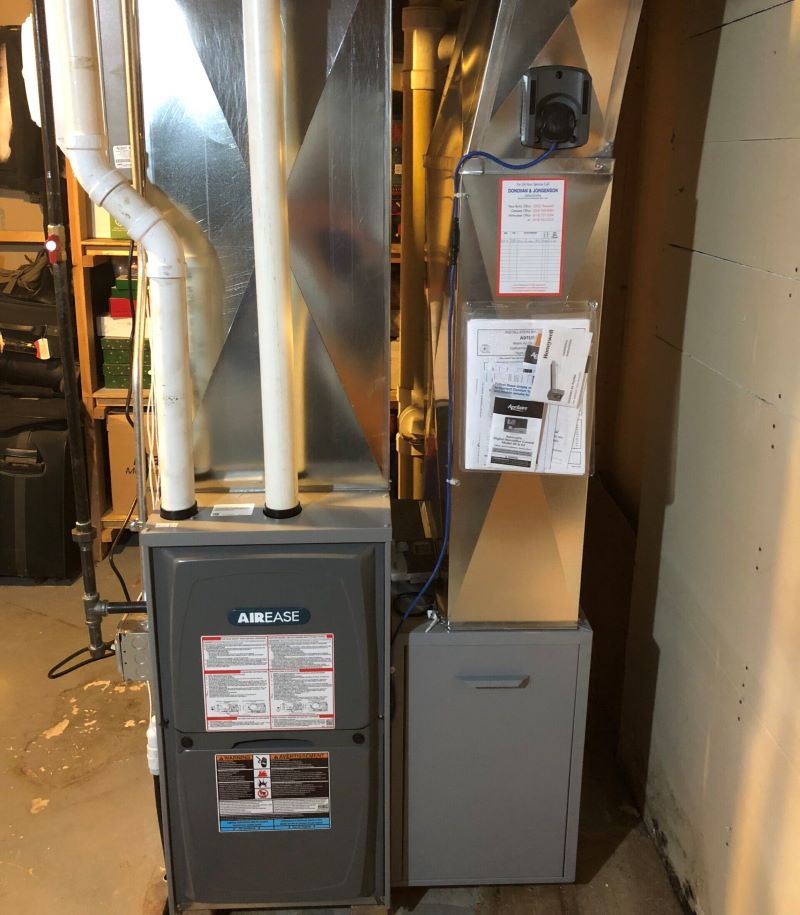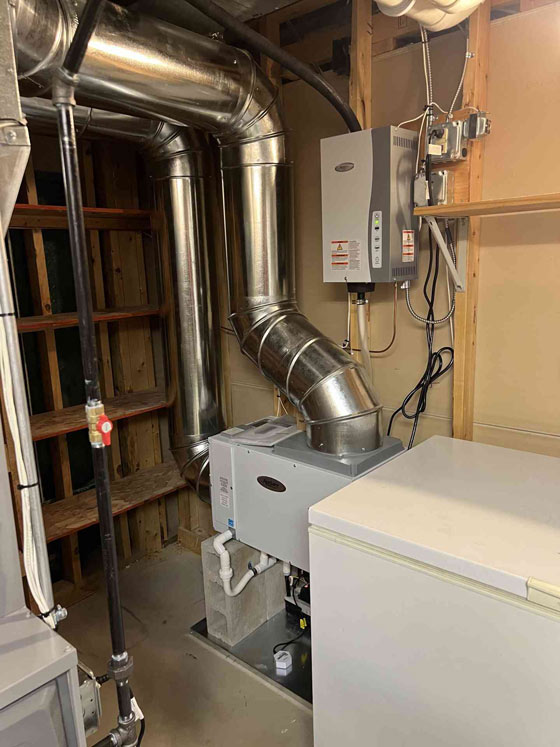Condensation on windows in winter is a common issue for homeowners, especially in colder climates like Mukwonago, WI. If left unchecked, it can lead to significant problems such as mold growth, frame damage, and even reduced energy efficiency. Thankfully, avoiding condensation doesn’t have to be complicated. Understanding what causes condensation and taking actionable steps to take is the first step toward finding a healthy resolution.
What Causes Condensation on Windows?
Before tackling the issue, let’s discuss why condensation forms. When warm indoor air meets the cold surface of a window, the moisture in the air cools down and turns into droplets—a process known as condensation. Here’s why this happens:
- Temperature Differentials: Cold outdoor temperatures make your windows one of the coldest surfaces in your home. When warm air from inside comes in contact with these cool windows, moisture condenses.
- Excess Humidity Levels: Homes with high indoor humidity are more prone to window condensation. Activities such as cooking, bathing, and even breathing release moisture into the air.
- Poor Ventilation: Limited airflow increases moisture buildup and promotes condensation.
- Inefficient Windows: Older or single-pane windows lack proper insulation, making them more susceptible to condensation. Upgrading to energy-efficient, double- or triple-pane windows can significantly reduce this issue.
- Seasonal Changes: During certain times of the year, such as winter, the sharp contrast between indoor and outdoor temperatures intensifies condensation. This often occurs when indoor heating clashes with cold external air.
- Humidifier Settings: Overusing humidifiers can introduce excess moisture into the indoor air, leading to higher chances of condensation, particularly on windows and cooler surfaces. Adjusting humidifier settings to maintain an optimal indoor humidity level to minimize this problem.

Why Condensation on Windows in Winter Can Be a Problem
While condensation may seem minor, ignoring it can lead to bigger issues, including:
- Mold Growth on Windows from Condensation: Mold thrives in damp environments. Condensation buildup can lead to the growth of mold and mildew on window sills and frames, which can affect indoor air quality and pose health risks.
- Damage to Windows and Surrounding Areas: Continuous exposure to moisture can lead to warped wooden frames, peeling paint, and even structural damage to the walls surrounding your windows.
- Energy Efficiency Loss: Excess condensation can indicate poor insulation or sealing around the windows, causing a loss of heat in the winter and cool air in the summer. This can lead to increased energy bills and a less comfortable indoor environment.
- Reduced Lifespan of Windows: Persistent condensation can accelerate wear and tear on windows, particularly if moisture seeps into gaps or joints. Over time, this can compromise the structural integrity of the windows, necessitating premature replacement.
How to Prevent Condensation on Windows
Preventing condensation on windows is necessary for maintaining energy efficiency, comfort, and the longevity of your windows.
1. Monitor Indoor Humidity Levels
Maintaining proper humidity levels prevents condensation. The ideal indoor humidity during winter should be between 30% and 50%. Consider investing in a humidity monitor or hygrometer to track levels.
2. Use Exhaust Fans in Humid Areas
Humid areas like bathrooms and kitchens can contribute significantly to condensation. Use exhaust fans while showering or cooking to remove excess moisture from the air. Check that these fans are vented to the outside, not just the attic.
3. Improve Ventilation
A well-ventilated home reduces trapped moisture. Open windows briefly throughout the day to allow fresh air to circulate. Alternatively, use ceiling fans and furnace fans set to “circulate” to improve airflow.
4. Seal and Insulate Windows
Properly sealed and insulated windows are less likely to attract condensation. Use weather stripping, caulking, or window insulation film to eliminate drafts and prevent the cold from seeping in.
5. Move Houseplants Away from Windows
Did you know houseplants can contribute to excess humidity? Spread plants throughout your home rather than clustering them around windows to avoid concentrated moisture in one area.
6. Uncover Windows and Circulate Warm Air
Keep blinds, curtains, or drapes open during the day to allow warm air to reach the windows, preventing them from becoming too cold. At night, use a small fan to circulate warm air over window surfaces.
7. Invest in a Dehumidifier
If you’re still noticing heavy condensation despite taking the above steps, it may be time to use a dehumidifier. These devices remove excess moisture from the air, providing an effective long-term solution.

Preventing Mold on Windows from Condensation
Dealing with mold caused by condensation? Start by cleaning visible mold with a solution of detergent and water, scrubbing gently to remove all traces, and ensuring the affected area dries completely. Once cleaned, focus on prevention to stop mold from returning. Regularly wipe down windows to remove excess moisture and consider using a dehumidifier to lower indoor humidity levels. Proper ventilation, such as opening windows or using exhaust fans in kitchens and bathrooms, can also make a significant difference. Investing in double-glazed windows or thermal curtains may further help reduce condensation. With consistent maintenance, you can keep your windows mold-free and your home healthier.
Professional Solutions for Window Condensation
For persistent issues that at-home fixes can’t solve, it’s time to call in the professionals. Window condensation often signals underlying problems with your home’s insulation or HVAC system. At Donovan & Jorgenson Heating and Cooling, we provide expert solutions to improve ventilation, reduce humidity, and maintain your home’s comfort year-round.
Our Wisconsin-based team is the largest employee-owned HVAC company in Wisconsin, with the most NATE-certified technicians in the state. We’re committed to making sure your heating and cooling systems operate efficiently, helping you tackle condensation problems with lasting results.
Contact Donovan & Jorgenson today to schedule a consultation with our professionals. Stay warm this winter without the hassle of window condensation.







